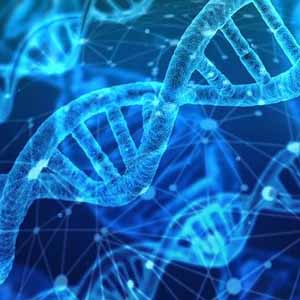 Smart Citations
Smart CitationsSee how this article has been cited at scite.ai
scite shows how a scientific paper has been cited by providing the context of the citation, a classification describing whether it supports, mentions, or contrasts the cited claim, and a label indicating in which section the citation was made.
pH evaluation of storage fluids and ancient DNA extraction from wet specimens in pathology museums
Pathology museums host ancient samples obtained during autopsies and generally used for educational purposes in the past. Such collections consist of dry and wet specimens showing diseases that no longer exist or with their natural course unmodified by modern therapies.1,2 In wet specimens, the preservation of macroscopic features due to the storage fluid has a great historical and paleopathological interest. Unfortunately, both original fixatives and storage fluids strongly influence tissue antigens and nucleic acids preservation.3 [...]
How to Cite

This work is licensed under a Creative Commons Attribution-NonCommercial 4.0 International License.
PAGEPress has chosen to apply the Creative Commons Attribution NonCommercial 4.0 International License (CC BY-NC 4.0) to all manuscripts to be published.

 https://doi.org/10.4081/jbr.2022.10820
https://doi.org/10.4081/jbr.2022.10820




